7 Popular Types of Tents for Camping
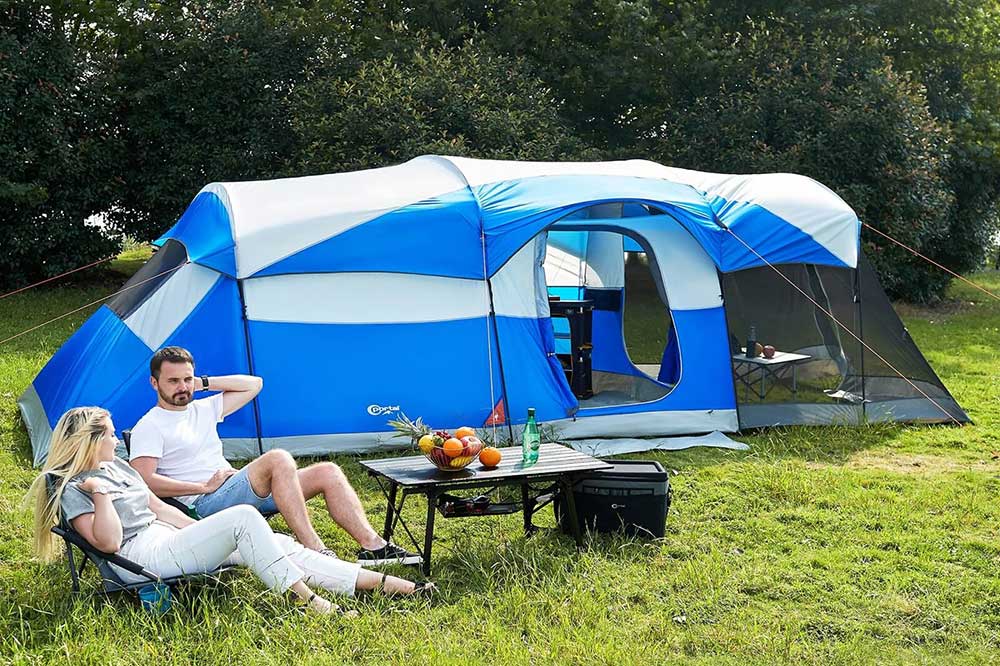
- Tags: Tents

Whether you're a beginner or a seasoned camper, it's helpful to know the different types of tents available so that you can choose the best one for your needs. This guide will introduce you to seven popular types of tents for camping .
From simple designs for beginners to complex structures for serious campers, there's sure to be a tent type that's right for you! So read on to learn more about these amazing camping shelters and find the perfect one for your next outdoor adventure.
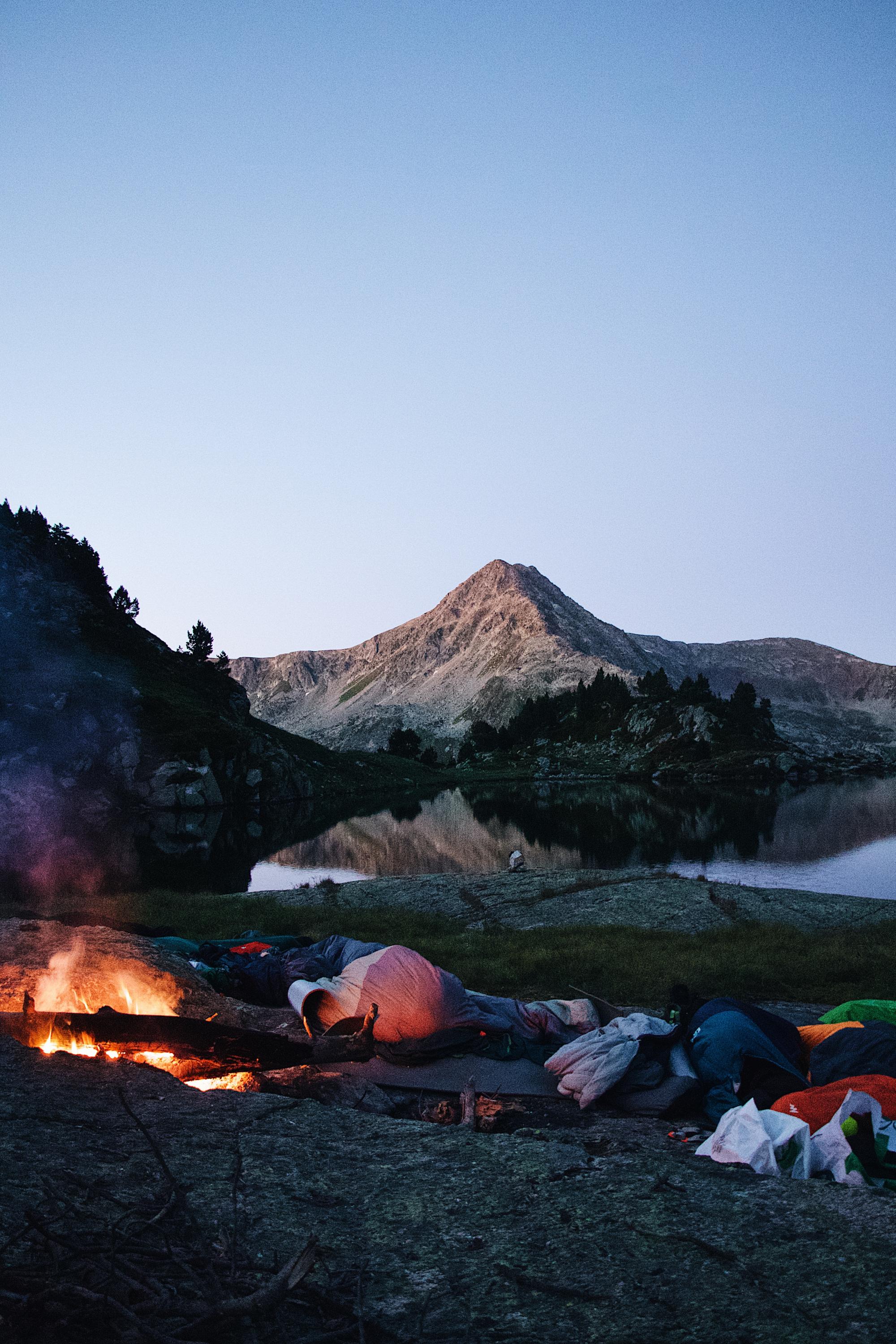
A multi-room tent is a great option for families or groups who want the privacy of separate sleeping areas while still enjoying the convenience of a single tent. These outdoor tents typically have two or three rooms, each with its own door and windows.
This allows you to keep your belongings organized and close at hand and provides a barrier between you and your camping companions, so you can enjoy some peace and quiet when you need it. Multi-room tents are also generally more spacious than average tents, so you'll have plenty of room to move around.
When choosing a multi-room tent, be sure to consider the size of your group and the amount of gear you'll need to bring; larger tents will obviously be more expensive, but they'll also provide more space and storage options.
With a little planning, a multi-room outdoor tent can be the perfect way to make your next camping trip more comfortable and enjoyable.
1. More Privacy
2. More Storage Space
3. More Comfortable in Hot Weather
4. More Comfortable in Cold Weather
5. Easier to Set Up
1. Multi-Room tents can be expensive
2. They are heavy, which makes them difficult to transport
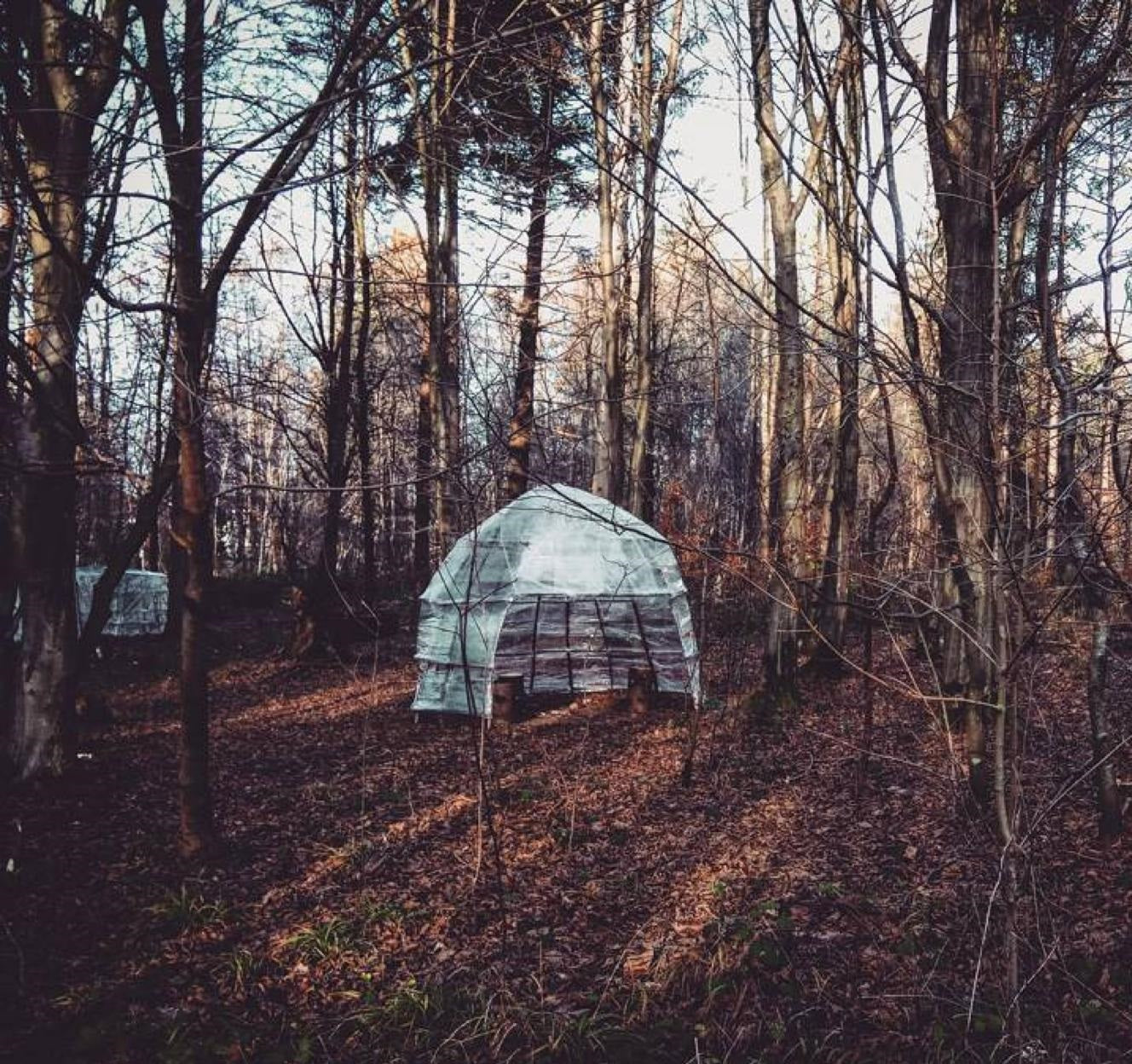
A dome tent is a type of camping tent that is characterized by its round or semi-round shape. Unlike traditional tents, which are supported by a frame of poles, dome tents rely on a single central pole for support.
This design gives the tent a more distinctive appearance and allows for more headroom than a traditional tent. Dome tents are also typically lighter in weight and easier to set up, making them a popular choice for camping and backpacking.
In addition, the unique shape of the dome tent helps to deflect wind and rain, providing better protection from the elements.
1. Easy to Set Up
2. Lightweight and Portable
3. Good Ventilation
4. Affordable
5. Available in a Variety of Sizes
1. Limited Space
2. Not as Stable in Windy Conditions
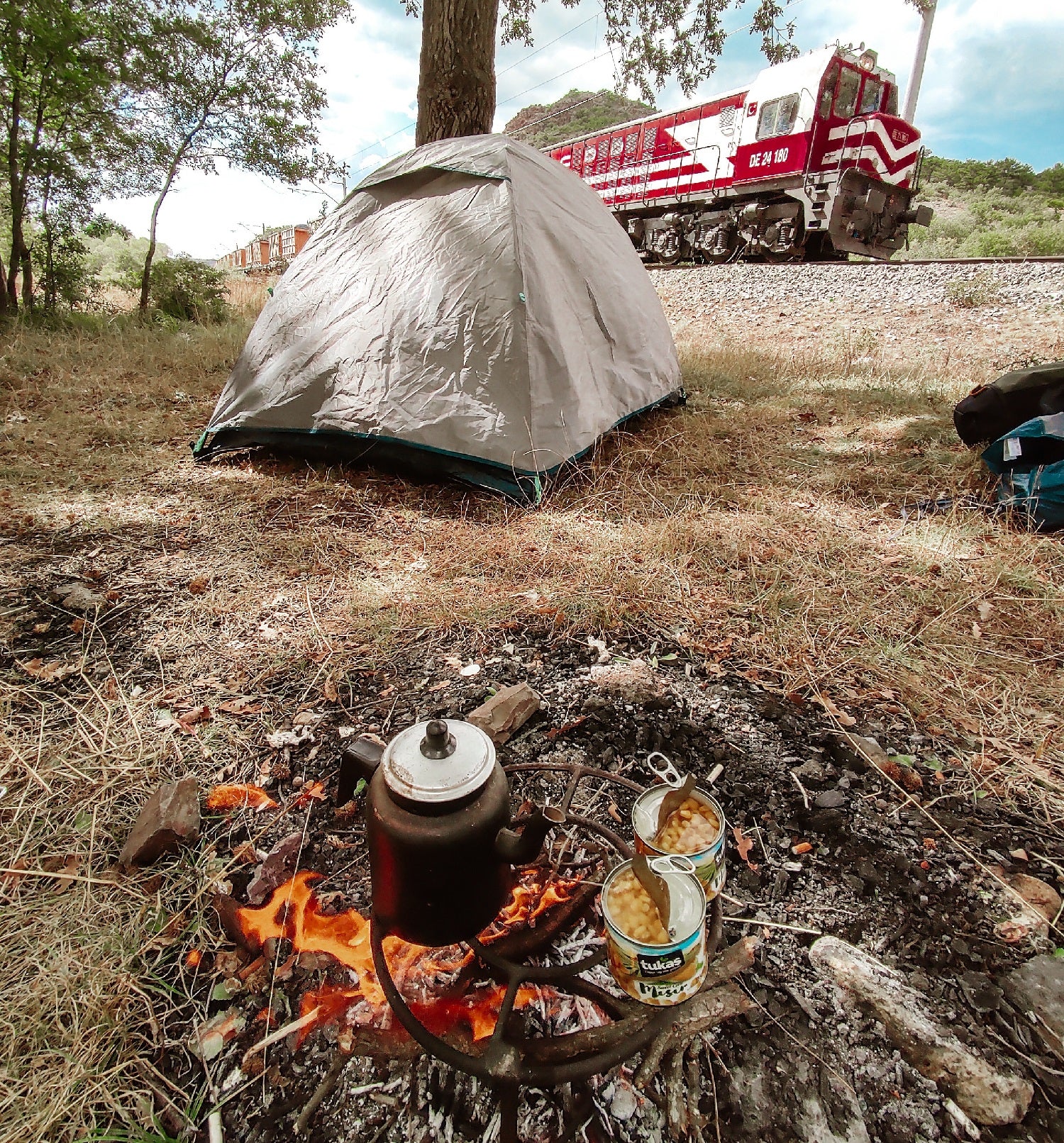
The A-frame tent is one of the most popular types of tents on the market. Its simple design and easy setup make it popular for campers and hikers. The A-frame tent gets its name from its shape - it is essentially a rectangular piece of fabric with two poles that form an A-shape when assembled.
The fabric is attached to the poles at the top, and then the bottom of the fabric is staked to the ground. This simple design makes the A-frame tent very easy to set up and can be done in just a few minutes. The A-frame tent is also very lightweight and compact, making it easy to carry on hikes or backpacking trips.
1. A-Frame tents are easy to set up and take down.
2. These tents are lightweight and portable, making them ideal for camping or backpacking.
3. These tents provide good ventilation and airflow, keeping campers cool in hot weather.
4. These are relatively affordable compared to other types of tents.
5. A-Frame tents offer a variety of sleeping arrangements, making them versatile for different groups or families.
One downside of the A-frame tent is that it does not provide as much headroom as some other types of tents.
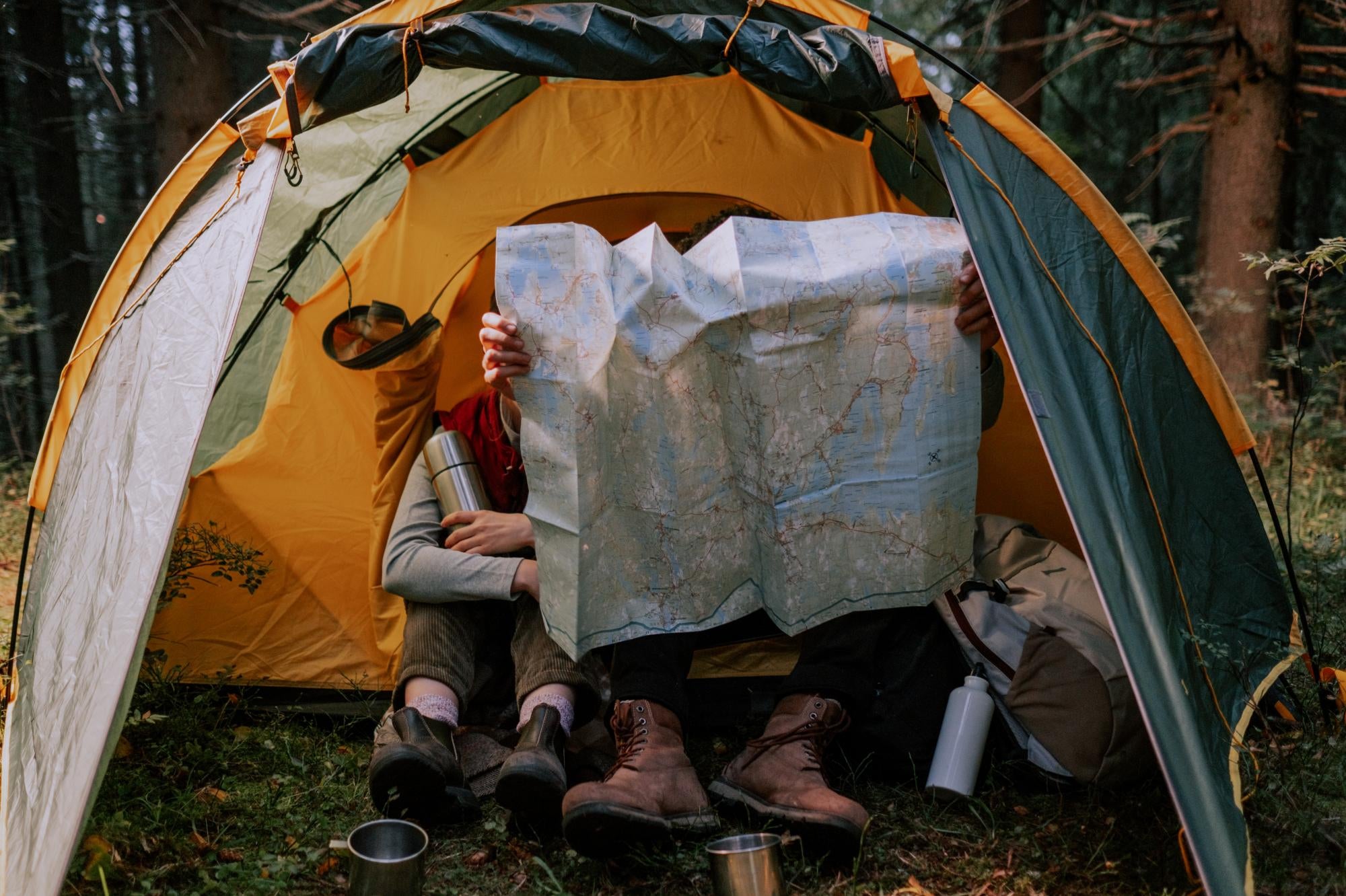
A backpacking tent is a small, lightweight shelter designed for overnight camping trips. These tents are typically made from waterproof and breathable fabric and feature a simple frame that can be easily assembled and dismantled.
Backpacking tents often have a single door and one or two vents, and they typically sleep two people. Because they are so light and compact, backpacking tents are ideal for hikers and campers who need to save space and weight in their packs.
When choosing a backpacking tent, you must consider the size, weight, and features you need. This will help you find the perfect tent for your next camping trip.
1. Light in weight than traditional tents, making them easier to carry on your back.
2. Backpacking tents are usually made from waterproof and breathable materials, which help to keep you dry and comfortable in all weather conditions.
3. Easier to set up and take down.
4. Versatile and easier to find a campsite for.
5. Available in various styles and designs, you can choose the one that best suits your needs.
1. Backpacking tents are often more expensive than other types of tents.
2. Backpacking tents are usually smaller than other types of tents, which can be a problem if you have a lot of gear or if you are taller than average.
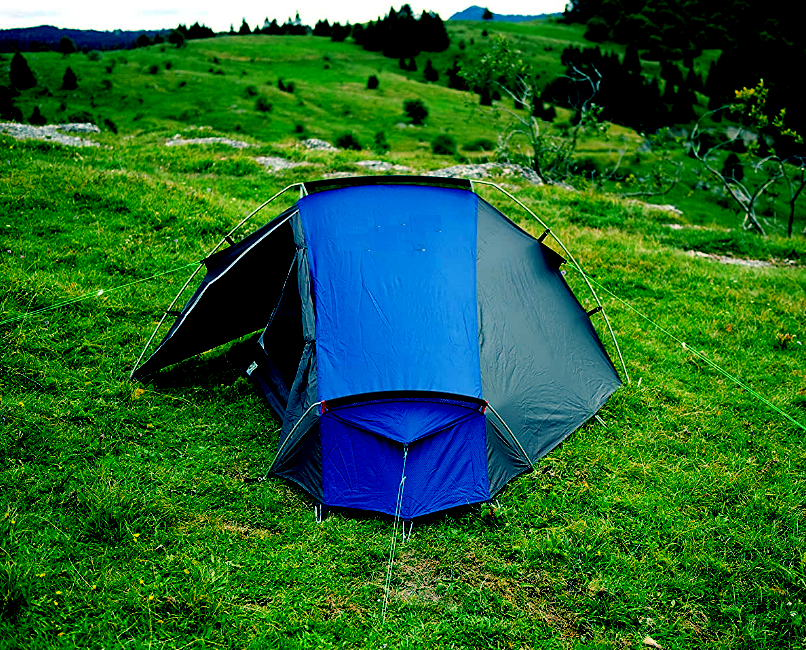
A geodesic tent is a type of dome-shaped structure that is supported by a network of triangles. The triangular shape helps distribute the structure's weight evenly and prevents it from collapsing.
Geodesic tents are often used in mountaineering and camping, as they can withstand high winds and heavy snowfall. Semi-geodesic tents are similar in structure to geodesic tents but have additional support rods that run along the sides of the tent.
These support rods provide additional stability in windy conditions. Both geodesic and semi-geodesic tents are designed to be lightweight and easy to set up, making them ideal for backpacking and camping trips.
1. Increased Stability
2. Greater Protection from the Elements
3. Improved Ventilation
4. Easy to Set Up
5. Lightweight and Portable
1. They are more expensive than traditional tents.
2. They require more time and effort to set up.

Pop-up tents are a great option for anyone looking for an easy, convenient way to set up a temporary shelter. Unlike traditional tents, pop-ups can be quickly assembled and taken down, making them perfect for camping trips, picnics, and other outdoor events.
Most pop-ups feature a waterproof canopy and an inflatable frame, which can be easily squeezed into a small carrying bag. Some models include integrated screened windows and doors, providing ventilation and keeping insects out.
Whether you're looking for a simple shelter from the sun or a complete home away from home, a pop-up tent is a great choice.
1. Ease of Use
2. Lightweight and Portable
3. Affordable
4. Weather Resistant
5. Available in a Variety of Sizes
1. Limited space
2. Not as sturdy as traditional tents
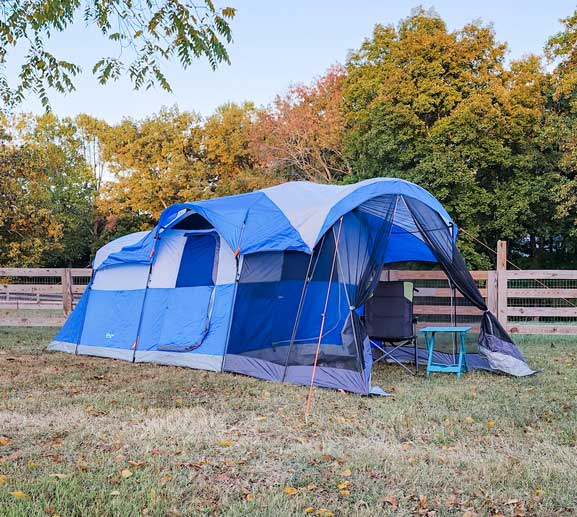
A tunnel tent is a type of camping tent that gets its name from its long, tube-like shape. It is usually made of waterproof and durable fabric, such as nylon or polyester, and has a series of poles that help to support its structure.
Tunnel tents typically have two or three sides, with the front and back being open. This design provides good ventilation while still offering some protection from the elements. Tunnel tents are often used by campers who are looking for an easy-to-set-up option that doesn't take up too much space.
They are also popular with backpackers and hikers because they are lightweight and can be easily carried in a backpack. When choosing a tunnel tent, it is important to consider the size, weight, and weather resistance of the various options available.
1. More stable in bad weather
2. Lightweight and easy to set up
3. Spacious and comfortable
4. Ventilation
5. Affordable
Usually tunnel tent is not easy to set up alone and requires the help of more than one person.
So, there you have it! Our comprehensive guide to the 7 most popular types of tents for camping. Hopefully, this article has helped you narrow down your choices and give you a little more insight into what might be the best tent for your needs. Happy camping!
Happy camping!